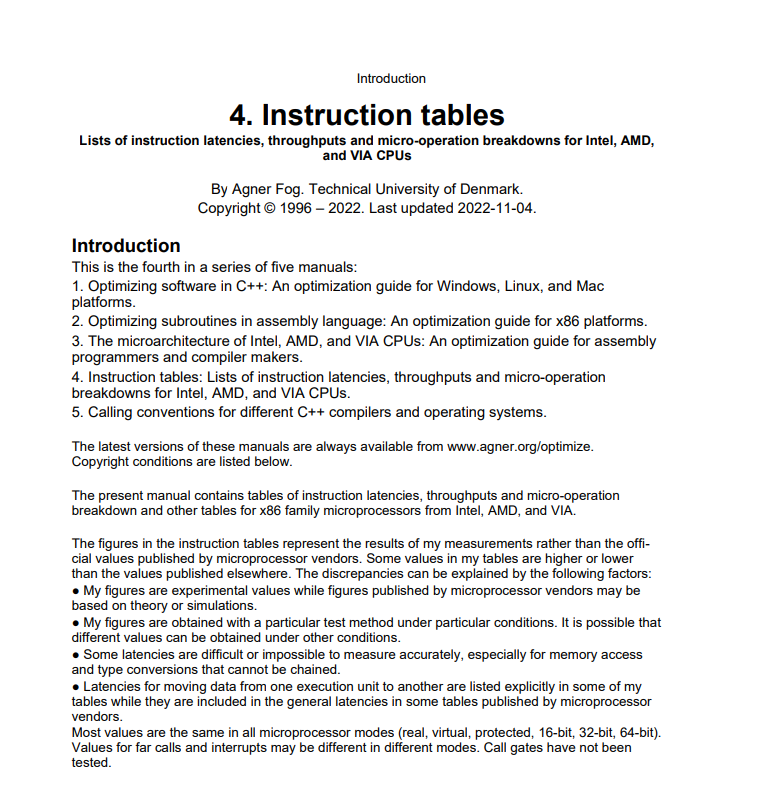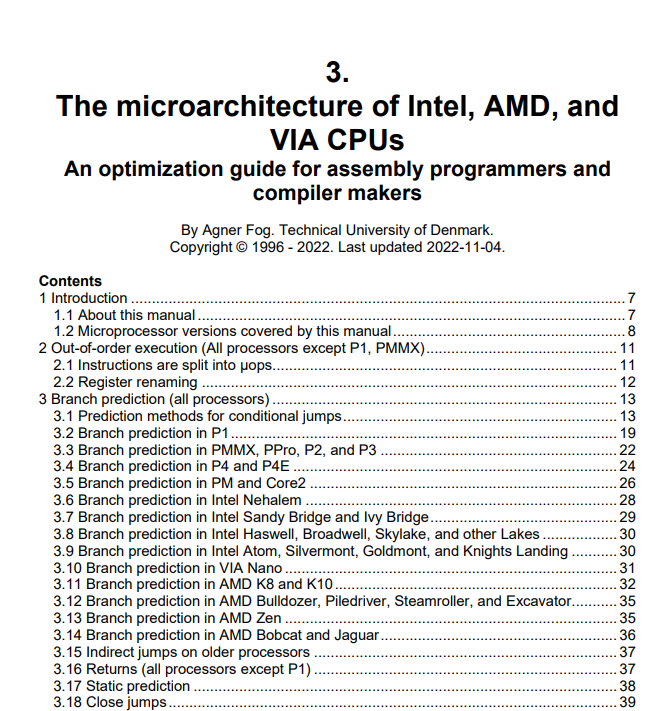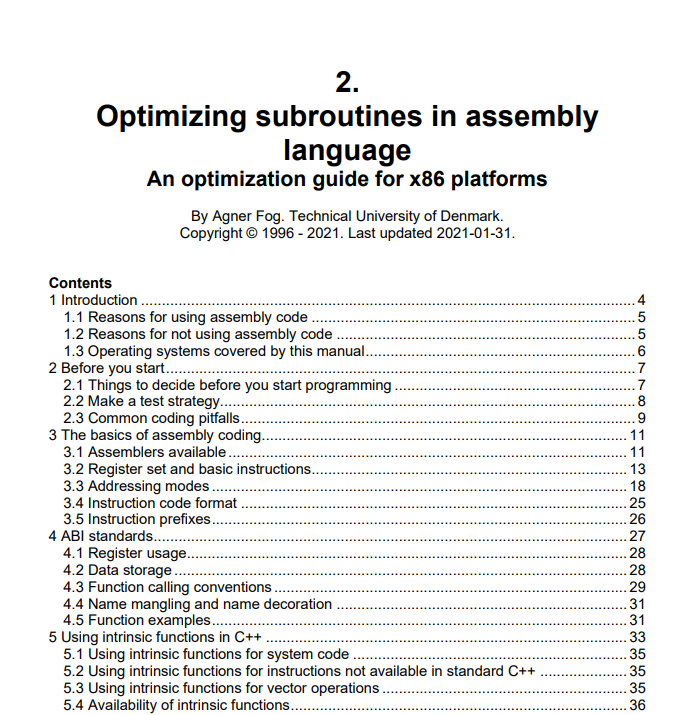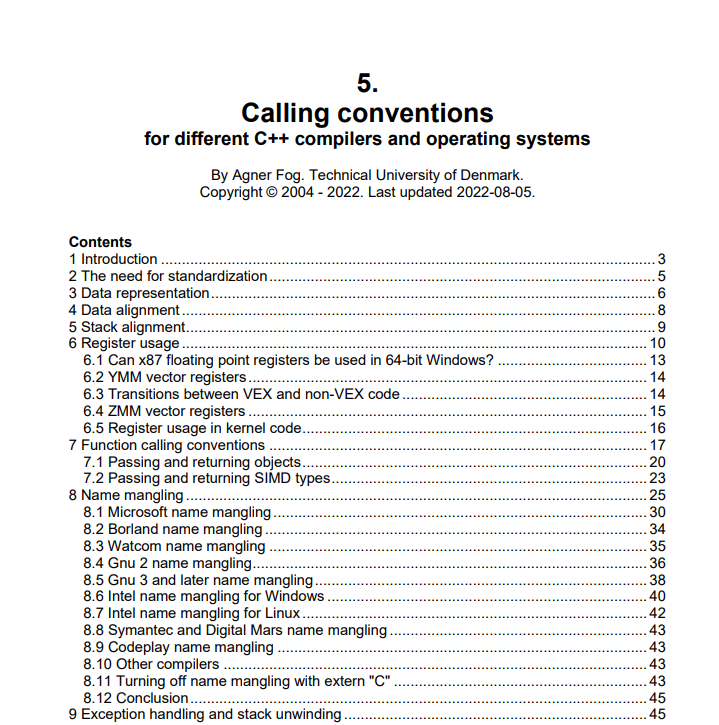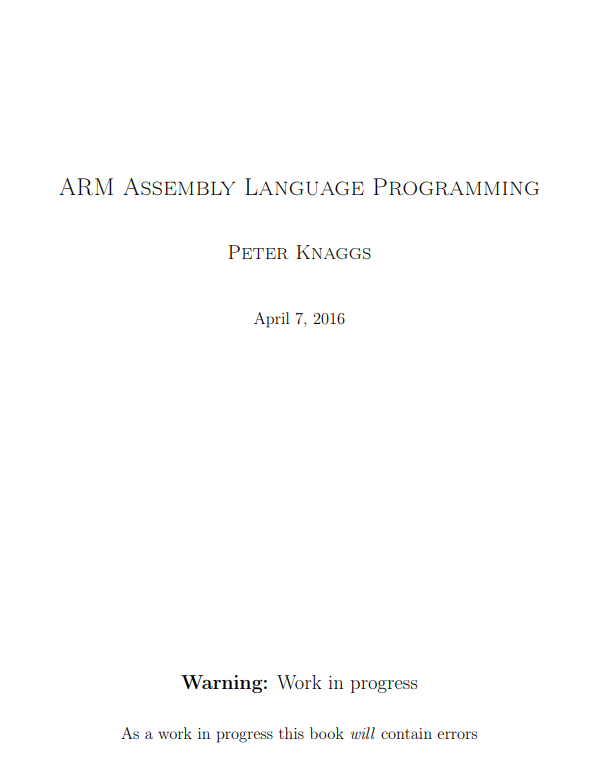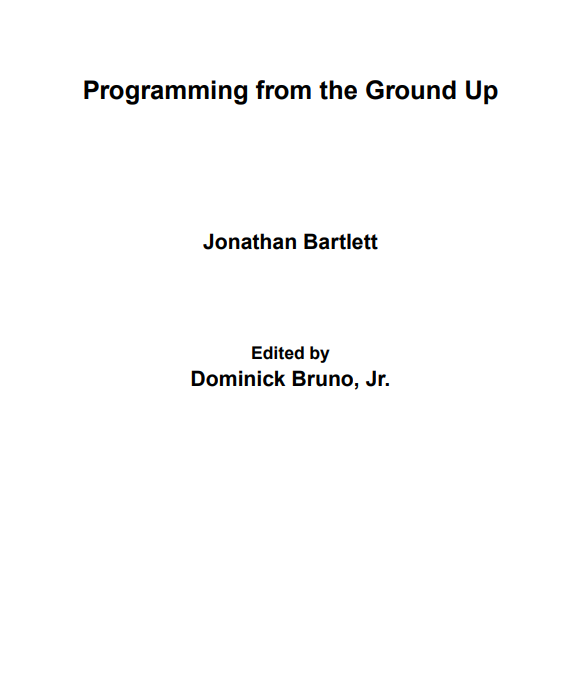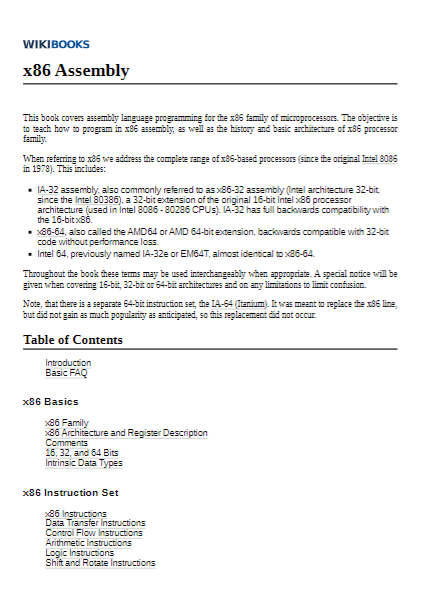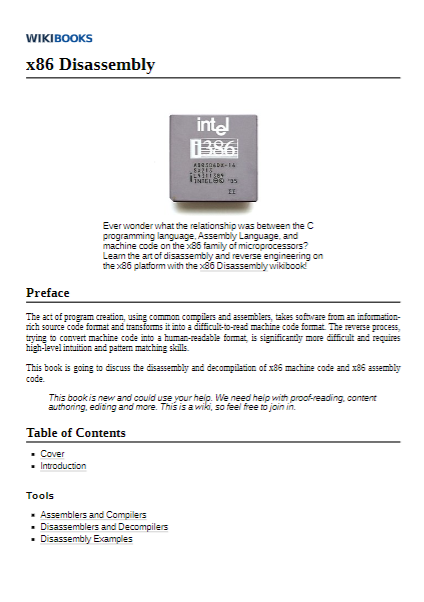This is the fourth in a series of five manuals:
- Optimizing software in C++: An optimization guide for Windows, Linux, and Mac platforms.
- Optimizing subroutines in assembly language: An optimization guide for x86 platforms.
- The microarchitecture of Intel, AMD, and VIA CPUs: An optimization guide for assembly programmers and compiler makers.
- Instruction tables: Lists of instruction latencies, throughputs and micro-operation breakdowns for Intel, AMD, and VIA CPUs.
- Calling conventions for different C++ compilers and operating systems.
The latest versions of these manuals are always available from www.agner.org/optimize. Copyright conditions are listed below.
The present manual contains tables of instruction latencies, throughputs and micro-operation breakdown and other tables for x86 family microprocessors from Intel, AMD, and VIA.
The figures in the instruction tables represent the results of my measurements rather than the official values published by microprocessor vendors. Some values in my tables are higher or lower than the values published elsewhere. The discrepancies can be explained by the following factors:
● My figures are experimental values while figures published by microprocessor vendors may be based on theory or simulations.
● My figures are obtained with a particular test method under particular conditions. It is possible that different values can be obtained under other conditions.
● Some latencies are difficult or impossible to measure accurately, especially for memory access and type conversions that cannot be chained.
● Latencies for moving data from one execution unit to another are listed explicitly in some of my tables while they are included in the general latencies in some tables published by microprocessor vendors.
Most values are the same in all microprocessor modes (real, virtual, protected, 16-bit, 32-bit, 64-bit). Values for far calls and interrupts may be different in different modes. Call gates have not been tested.
Instructions with a LOCK prefix have a long latency that depends on cache organization and possibly RAM speed. If there are multiple processors or cores or direct memory access (DMA) devices, then all locked instructions will lock a cache line for exclusive access, which may involve RAM access. A LOCK prefix typically costs more than a hundred clock cycles, even on single-processor systems. This also applies to the XCHG instruction with a memory operand.
If any text in the pdf version of this manual is unreadable, then please refer to the spreadsheet version.
